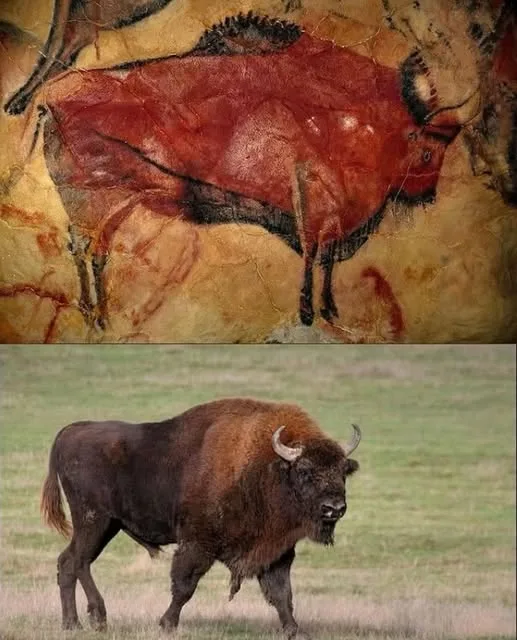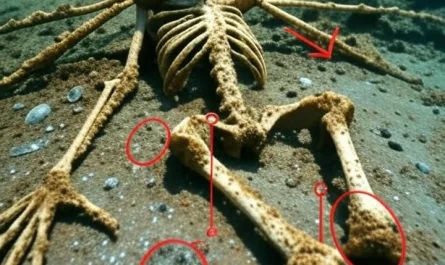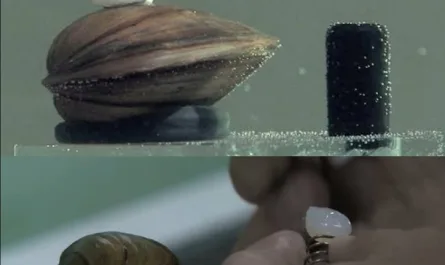Imagine stepping back tens of thousands of years, into the cool, dark embrace of a cave where the flickering light of a torch dances across ancient masterpieces. This is the magic of the Altamira Cave in northern Spain, a site revered globally for its astonishing prehistoric art. Within its depths, early humans, between 35,000 and 15,000 BC, transformed natural rock into a canvas, creating breathtakingly detailed paintings of animals, most notably the majestic bison.

These aren’t simple stick figures. The artists of Altamira used natural pigments—rich reds from iron oxides, deep blacks from manganese—to bring these powerful creatures to life on the cave ceilings and walls. What’s truly remarkable is how they ingeniously incorporated the natural contours and bulges of the rock formations to give their bison an incredible sense of three-dimensionality and movement. This ingenious technique speaks volumes: it shows that even in the Upper Paleolithic era, humans possessed not only immense artistic skill but also a profound connection to the natural world around them, observing and celebrating the wildlife that sustained them.
The bison, depicted with such reverence in Altamira, were clearly central to the lives and beliefs of these early Europeans. Fast forward to today, and the story of the European bison (or wisent) continues, a powerful testament to both human impact and human conservation efforts.
Just a century ago, the European bison faced a grim reality: it was nearly extinct in the wild. Habitat loss, hunting, and the ravages of war had decimated their populations, leaving only a handful of individuals clinging to survival in zoos and private collections. It was a stark contrast to the abundant herds that once roamed the continent, as depicted in the ancient cave art.
However, thanks to concerted and passionate conservation efforts, this magnificent animal has made a remarkable comeback. Dedicated conservationists painstakingly bred the remaining animals, reintroducing them into carefully managed wild and semi-wild reserves across Europe. Today, small but growing herds of wisent once again roam the forests of countries like Poland, Romania, Belarus, and Russia, a triumph of ecological restoration.
Comparing the robust, lifelike bison captured in the Altamira paintings to the wisent thriving in Europe’s forests today offers a compelling narrative. It highlights how deeply intertwined human history is with the natural world, and how certain species have maintained their significance across millennia. From being revered and depicted in our earliest art to being brought back from the brink of extinction through our deliberate actions, the European bison stands as a powerful symbol. It reminds us of our ancient bond with wildlife and our continuing responsibility to protect the incredible biodiversity that shares our planet, ensuring that these living masterpieces continue to inspire future generations, just as their painted ancestors have inspired ours.




